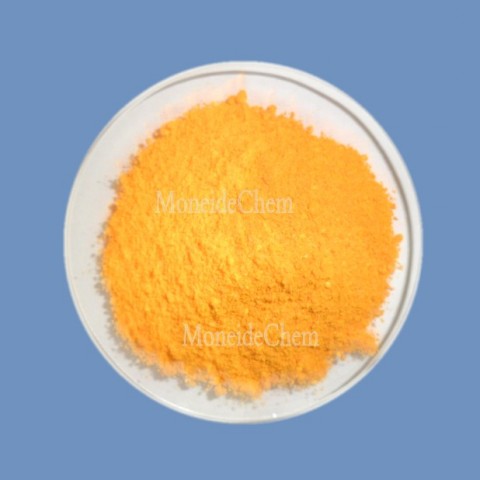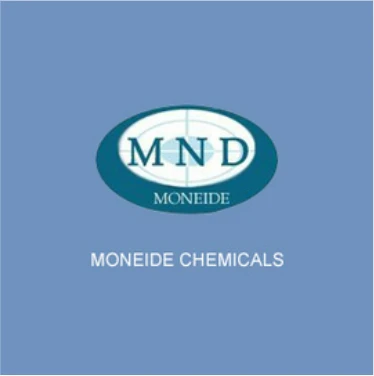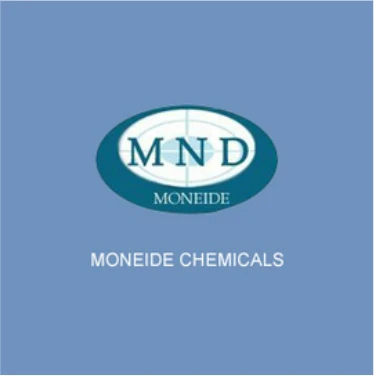모네이드 케미컬스
Tel: 86-315-8309571
WhatsApp/WeChat/Mobile: 0086-15633399667
스카이프: janet-honest
주소: 2-7-523 Jidong Building Materials Tangshan, Hebei 064000 중국
티오플라빈 T
|
화학명 |
티오플라빈 T |
|
동의어 |
Basic Yellow 1;Setoflavine T; 2-[4-(Dimethylamino)phenyl]-3,6-dimethylbenzothiazolium chloride |
|
CAS 번호 |
2390-54-7 |
|
EINECS No. |
219-228-9 |
|
분자식 |
C17H19클렌2S |
|
분자량 |
318.86 |
|
분자 구조 |
|
|
세부 |
Appearance: yellow powder Assay: 98.0%min. Package: 25kg/fibre drum |
|
주요 응용 프로그램 |
Used as dye in Acid Copper plating. |
Thioflavine T (ThT) is a benzothiazole dye known for its ability to selectively bind to amyloid fibrils, making it a crucial tool in biomedical research, especially in the study of neurodegenerative diseases. It exhibits strong fluorescence enhancement upon binding to β-sheet-rich structures, which are common in amyloid plaques.
1. Amyloid Detection in Biomedical Research
Thioflavine T is widely used as a fluorescent probe for the detection and quantification of amyloid fibrils, such as those found in Alzheimer’s disease, Parkinson’s disease, and prion disorders. Upon binding to amyloid structures, ThT shows a dramatic increase in fluorescence intensity, making it ideal for in vitro assays and imaging studies.
2. Protein Folding and Misfolding Studies
In biochemical and biophysical research, ThT is used to monitor protein aggregation, helping scientists understand protein misfolding mechanisms, folding kinetics, and the formation of toxic oligomers or fibrils. This is critical in drug discovery targeting amyloid-related pathologies.
3. High-Throughput Screening (HTS)
Thioflavine T assays are often used in high-throughput screening platforms to identify compounds that can inhibit or alter amyloid formation. This makes it a key component in pharmaceutical research for neurodegenerative disease therapies.
4. Histological Staining
In pathology, ThT can be used to stain tissue sections for visualization of amyloid deposits under a fluorescence microscope. It provides a reliable and quick method for confirming the presence of amyloid in biopsies or experimental animal models.
5. Nanotechnology and Materials Science
Beyond biology, Thioflavine T is explored in nanomaterial research, where its self-assembling and binding characteristics are used to study supramolecular structures and to develop responsive fluorescent materials.






























